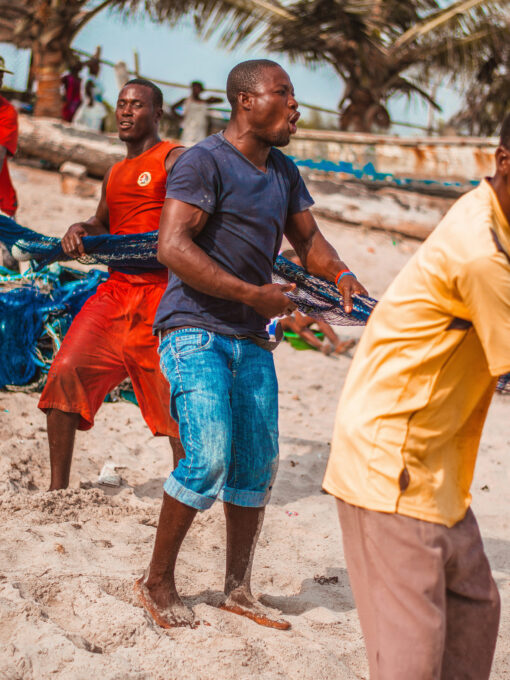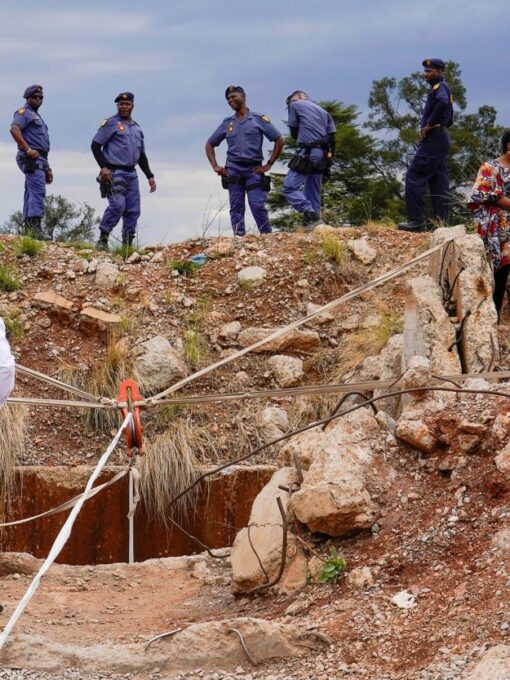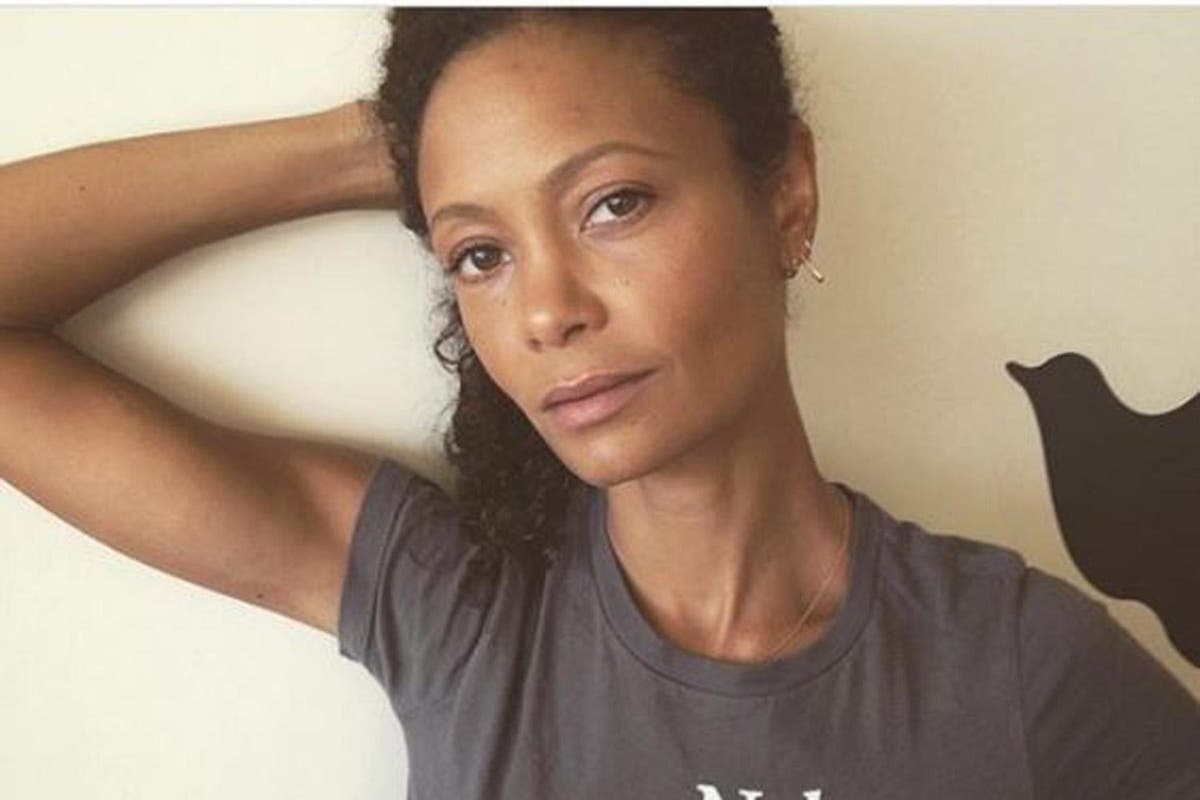Twindemic
As flu season begins, many people now worry about the double whammy of influenza and COVID-19. The reality of a “TWINDEMIC” — two epidemics simultaneously — looms as cold and flu season have started in the Americas’ Northern part. No one can predict what will happen when flu meets COVID-19. And uncertainty about the future seems to be the one sure thing in the coronavirus pandemic. But public health officials are urging people to prepare for the worst.

Scientists usually forecast the severity of the flu season in the north by watching what happens south of the equator. Where flu season falls in the middle of the year. This year, the preview held good news: a mild season for flu and some other respiratory viruses.
Flu vs Covid
Flu season may also be lighter than usual in the Northern Hemisphere due to reduced travel, said the former CDC director Tom Frieden. The flu spread worldwide through traveling, and there’s not much traveling going on at the moment.
Despite the warnings about the severity of COVID-19, many still compare Sarcov-2 virus infectivity with the common flu. If you doubted that COVID was more infectious than flu, look at South Africa or Chile. COVID is spreading like wildfire and flu aren’t spreading at all.
In the United States during the 2019–2020 flu season, flu cases also took a nosedive after public health measures were put in place to limit coronavirus spread. If mask-wearing, socially distancing, and other measures to contain COVID-19 remain in place. The flu season in the Northern hemisphere might be blunted or delayed.
But don’t bank on it, experts say. If there is anything experts who try to predict influenza activity have learned is that flu is unpredictable. But as states in the U.S, Europe, and other parts of the world ease restrictions on movement and travel, peoples’ behaviors could change in ways that ease viral transmission. So a double threat is still possible.
In a study from the Lancet Medical Journal in April, the finding in this study indicated that the public health measures introduced in Hong Kong to contain the coronavirus—such as border restrictions, quarantine, and isolation, socially distancing, mask-wearing and hand washing—led to a rapid decline in flu activity. Similarly, in the U.S., new flu cases dropped sharply a few weeks after the COVID-19 declaration as a global pandemic. The 2019–2020 flu season, once headed to be among the worst in decades, ended six weeks early.

Now let’s dip into a Q & A conversation between Mr. Adama & Aunty Nurse (en Français, Tantie Santé), and I hope these answers some of your urging questions:
Mr. Adama: Tantie Santé, how would I be able to tell the differences between the Flu & Coronavirus?
Aunty Nurse: Unfortunately, the short answer is, you can’t. If you come down with any illness, the best thing to do is call your doctor. Explain your symptoms, and self-quarantine until you know what’s going on.
SARS-CoV-2, the coronavirus that causes COVID-19, is a new germ we haven’t encountered before. The symptoms can vary from one person to the next.
Because some coronavirus symptoms are similar to those of bronchitis, the common cold, the flu, and respiratory syncytial virus (RSV), a test will likely be necessary to tell the difference this year.
Mr. Adama: If I have symptoms, what do I do?
Aunty Nurse: Call your doctor or the nearest clinic – If a fever, cough, congestion, sneezing, sore throat, runny nose, nausea, vomiting, diarrhea. Or any other symptoms of infectious illness, stay home, call your doctor and follow his or her recommendation. He or she will likely recommend that you are tested for the flu and COVID-19.
Mr. Adama: What can I do as a precaution?
Aunty Nurse: (Response below)
Get a flu shot.
Even if you usually skip a flu shot, this is the year to make sure you get one. It is safe for you to go to the doctor for a flu shot. For the 2020–2021 flu season, the U.S. Centers for Disease Control and Prevention, or CDC, recommends that you get your flu shot in September or October, and even in January or later. Ask your doctor if you should get a pneumonia shot, too. There’s still no vaccine against COVID-19. But health officials ask people to get vaccinated against influenza to help remove one deadly virus from circulation.
Here are two helpful links:
https://www.health.com/condition/cold-flu-sinus/free-flu-shots
If you’re in New York City and do not have health insurance, you’ll be able to get a free flu shot by clicking on this link, regardless of gender, sex, employment, or immigration status: https://a816-healthpsi.nyc.gov/NYCHealthMap/home/ByServices?services=59
Flu vaccines have been monitored for safety and have saved lives for decades. However, they can cause mild side effects, but serious reactions are rare. Common reactions include soreness, redness, or swelling at the site of injection, fever, and aches.
Once you get that flu shot, it’ll last you about six months, Vanessa Raabe, MD, pediatric infectious disease specialist at NYU Langone Health — which means the flu shot you got last year most definitely won’t give you any protection for this year’s flu season. Plus, the flu vaccine changes slightly year after year, so last year’s shot wouldn’t protect you as well as this year’s anyway.
Don’t forget the kids.
It’s crucial to ensure your children (over six months old) get flu shots — and any other vaccines they need. Learn more about keeping up with routine vaccinations for babies and kids during the coronavirus pandemic.
Care for yourself
And your family with good nutrition, plenty of rest, proper hydration, regular exercise, and stress management. And always stay home if you don’t feel well.
Continue protecting yourself from the coronavirus.
Even if you are tired of following coronavirus precautions such as washing your hands frequently, cleaning and sanitizing, wearing a face mask, and physically distancing, it’s especially important now to keep up the good work — and encourage your family to do the same.
Maintaining these habits through the cold and flu season will help prevent COVID-19 and other fall and winter illnesses, as well. In conclusion, people have already adopted the behavioral changes to flatten the curve of COVID-19. Such as social distancing, hand washing, and mask-wearing—could lessen the impact of the flu.
Oh, and for those who are anti-vaxxer and don’t believe in vaccines. Of course, the choice is yours if you decide to take a vaccine (for the flu or COVID-19, when available and proven as safe by the best medical minds) or not as we hope to see out the end to the pandemic. But ask yourself this if you decide NOT to take the vaccine as its your choice, “Do I put myself and family at risk by this choice? Do I wear a mask until we can achieve herd immunity? And do I let others around me make a choice and take their vaccine and not I (Herd Immunity, defined)?” Well, now you’ve just handed and deferred the choice of your health to others. So, what choice will you make?


 The Long Wait for Justice in Kenya’s Police Violence Cases
The Long Wait for Justice in Kenya’s Police Violence Cases  The Human Cost of Illegal Mining in South Africa
The Human Cost of Illegal Mining in South Africa  World Health Organization Awards Namibia For Near Elimination Of All Childbirth Transmission Of HIV And Hepatitis B
World Health Organization Awards Namibia For Near Elimination Of All Childbirth Transmission Of HIV And Hepatitis B  Everything Prince Harry and Meghan Markle Did On Their Visit To Nigeria (Including That Secret Stop)
Everything Prince Harry and Meghan Markle Did On Their Visit To Nigeria (Including That Secret Stop)  Looking For A Fun Workout? Try This 15-Min Afrobeat Fitness Routine!
Looking For A Fun Workout? Try This 15-Min Afrobeat Fitness Routine!  Twins and Models Battle the World’s Most Common Genetic Disease: Sickle Cell
Twins and Models Battle the World’s Most Common Genetic Disease: Sickle Cell  Call me “Thandiwe” because that’s my name.
Call me “Thandiwe” because that’s my name.  Sonia Roland Questioned In Gabon Fraud investigation
Sonia Roland Questioned In Gabon Fraud investigation